China's Auto Market Revisited

Chinese auto sales grew 4.4 percent last month vs a year earlier, rising to 2.07 million vehicles, according to tabulations released by the government-backed China Association of Automobile Manufacturers (CAAM) on Monday. This is actually better than its preliminary assessment suggested, with the new figure helping put an end to a 21-month slump of declining automotive sales.
Unfortunately for the region, it doesn’t seem to be indicative of a full recovery. In its report, CAAM noted that the rebound may be only temporary. Last month’s figures were primarily elevated by commercial vehicles, which saw record growth at 32 percent (year over year). Passenger vehicles also saw their numbers improve from the month prior, but they still down 2.6 percent in April. The improvement is widely seen as the result of backlogged orders that couldn’t be completed during the most prohibitive period of the pandemic, as well as the Chinese Communist Party ordering more work vehicles to stimulate the economy.
“We don’t see this month’s growth as a normal phenomenon, as the domestic epidemic eased and consumers delayed purchases until recently,” Chen Shihua, CAAM’s deputy secretary-general, explained. “It is difficult to guarantee positive growth in the coming months.”
As stated in our last assessment of the group’s sales estimates, it’s always worth taking official numbers coming out of China with a grain of salt. Government data shows markedly low Chinese unemployment right now, at just 6 percent; analysts say there’s little chance of that being possible after such prolonged and widespread lockdowns. Other nations imposing similar (or even less aggressive) viral countermeasures have seen unemployment rates reach double-digits numbers. Most believe the real unemployment rate in China to be around 15 percent.
A recent Wall Street Journal article, citing economists at Société Générale SA and UBS Group AG, estimated that about one-sixth of the population is currently unemployed inside the country. Meanwhile the automotive industry seems to have returned to some semblance of normalcy. Despite reports that many car factories and parts suppliers are not running at full capacity or with their entire staff, most now appear to be operational. Global manufacturers will likely still have supply chain concerns; problems that will undoubtedly persist as production ramps back up.
There has also been some souring on doing business in China, though this has not affected all car companies equally. While those that got into the market early via joint ventures (e.g. General Motors, Volkswagen) will likely continue their existing relationships, we’ve seen others backing off. Renault announced the end of its joint venture with China’s Dongfeng Motor Corporation in April. While the official reason given was so it could better prioritize electric vehicle production for the region, it has been looking to reduce production (along with Nissan) as part of its restructuring efforts.
China also seems to have hit is growth cap sooner than everyone assumed. Suzuki, which tends to thrive in developing markets and areas that appreciate low-cost, no-frills automobiles, bailed years ago after sales growth failed to manifest. It ended up letting Chongqing Changan Automobile build Suzuki-branded vehicles after backing out of the joint-venture in 2018.
There’s a growing assumption that Suzuki may have been the first of many, too. Despite most large brands taking a whack at the Chinese market, conditions have not been favorable for foreign entities. Most have been under a legal obligation to enter into joint contracts with established Chinese firms if they want to sell within the country in meaningful volumes. While not ideal, it was seen as a way to get into a lucrative market with seemingly unlimited growth potential. We’ve just spent almost two years learning that this isn’t the case.
Even before the pandemic, analysts believed there would soon come a period where outside players operating in China would need to choose to either fully embrace the market or abandon it for greener pastures. The economic ramifications stemming from the coronavirus, will likely force that issue. While some have pointed to large automakers pulling out employees after COVID-19 was announced in China’s Hubei province as evidence of companies becoming cagey about doing business with the nation, it was a universal approach taken by all manufacturers — including ones we wouldn’t expect to snub China anytime soon. Predicting who bails next is probably more easily done by watching for future investments (or lack thereof). Based on the amount of time PSA Group spent in 2019 softening its relationships in China, it might be the next company to watch.
However, China’s recovery is viewed as heartening in the general sense. As the point of origin for the coronavirus pandemic, many believe its market improvements may foreshadow recoveries in other parts of the world. Of course, those assessments presume the data coming out of the country are reliable and ignore how much of an impact government purchasing played. But there are hopeful signs in the passenger market.
Sales of premium vehicles rose 16 percent in April, according to the China Passenger Car Association (CPCA). Meanwhile, sales of mass-market vehicles made by joint ventures that include foreign companies such as Volkswagen and GM fell by 5 percent. Chinese brands saw sales drop 14 percent. This mimics what we’ve seen elsewhere in the world, with high-end models maintaining their sales strength. Our guess as to why? The people who buy them are simply less affected by government lockdown orders.
Electric vehicles were the outlier here. Despite also having a tendency to go to well-heeled buyers, CPCA reported that new-energy vehicles (which includes EVs) fell 30 percent to 64,000 units in April. While an improvement from March’s decline of 49 percent and a 70-percent fall in February, it’s a poor performance for a country that has spent the last six months trying to re-incentivize their purchase after eliminating subsidies in 2019. CPCA also had a bleaker tally than CAAM, suggesting retail sales actually declined 5.5 percent in April.
[Image: Destinyweddingstudio/Shutterstock]

A staunch consumer advocate tracking industry trends and regulation. Before joining TTAC, Matt spent a decade working for marketing and research firms based in NYC. Clients included several of the world’s largest automakers, global tire brands, and aftermarket part suppliers. Dissatisfied with the corporate world and resentful of having to wear suits everyday, he pivoted to writing about cars. Since then, that man has become an ardent supporter of the right-to-repair movement, been interviewed on the auto industry by national radio broadcasts, driven more rental cars than anyone ever should, participated in amateur rallying events, and received the requisite minimum training as sanctioned by the SCCA. Handy with a wrench, Matt grew up surrounded by Detroit auto workers and managed to get a pizza delivery job before he was legally eligible. He later found himself driving box trucks through Manhattan, guaranteeing future sympathy for actual truckers. He continues to conduct research pertaining to the automotive sector as an independent contractor and has since moved back to his native Michigan, closer to where the cars are born. A contrarian, Matt claims to prefer understeer — stating that front and all-wheel drive vehicles cater best to his driving style.
More by Matt Posky
Latest Car Reviews
Read moreLatest Product Reviews
Read moreRecent Comments
- Redapple2 4 Keys to a Safe, Modern, Prosperous Society1 Cheap Energy2 Meritocracy. The best person gets the job. Regardless.3 Free Speech. Fair and strong press.4 Law and Order. Do a crime. Get punished.One large group is damaging the above 4. The other party holds them as key. You are Iran or Zimbabwe without them.
- Alan Where's Earnest? TX? NM? AR? Must be a new Tesla plant the Earnest plant.
- Alan Change will occur and a sloppy transition to a more environmentally friendly society will occur. There will be plenty of screaming and kicking in the process.I don't know why certain individuals keep on touting that what is put forward will occur. It's all talk and BS, but the transition will occur eventually.This conversation is no different to union demands, does the union always get what they want, or a portion of their demands? Green ideas will be put forward to discuss and debate and an outcome will be had.Hydrogen is the only logical form of renewable energy to power transport in the future. Why? Like oil the materials to manufacture batteries is limited.
- Alan As the established auto manufacturers become better at producing EVs I think Tesla will lay off more workers.In 2019 Tesla held 81% of the US EV market. 2023 it has dwindled to 54% of the US market. If this trend continues Tesla will definitely downsize more.There is one thing that the established auto manufacturers do better than Tesla. That is generate new models. Tesla seems unable to refresh its lineup quick enough against competition. Sort of like why did Sears go broke? Sears was the mail order king, one would think it would of been easier to transition to online sales. Sears couldn't adapt to on line shopping competitively, so Amazon killed it.
- Alan I wonder if China has Great Wall condos?



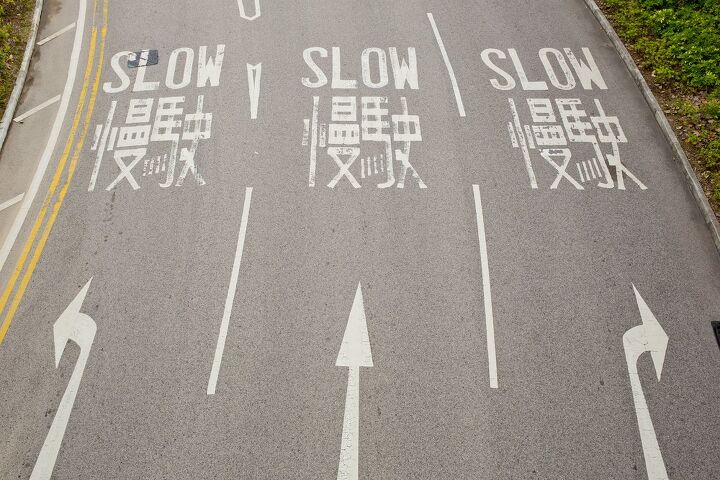















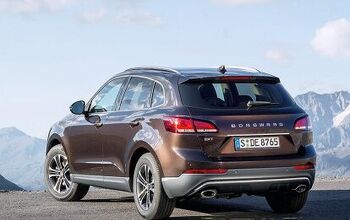
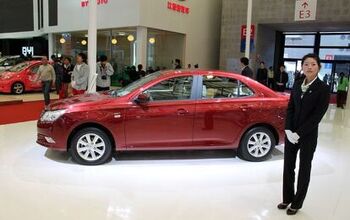
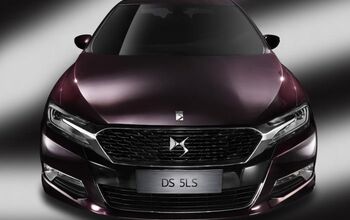
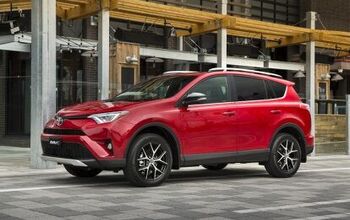
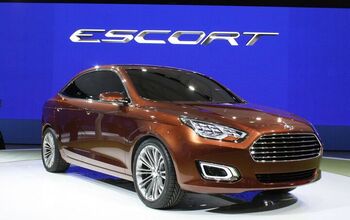

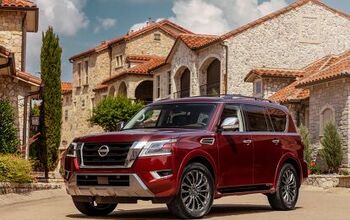
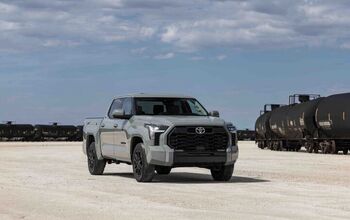
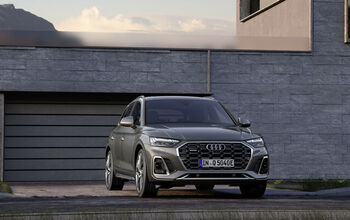

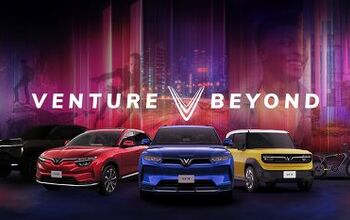
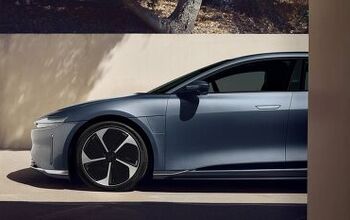
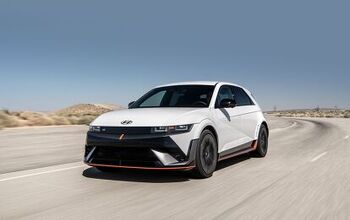

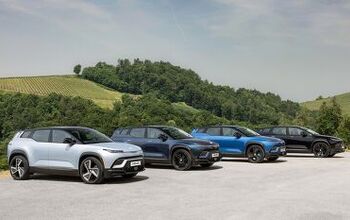
Comments
Join the conversation
My goodness, 2 commentators (Conundrum and Thornmark) and both of them posted sensible statements. Maybe there is still some hope? Agree 100% with Conundrum. Regarding Thornmark, the USA was a major source of infection for Canada. In particular it seems that some returning from Vegas brought it with them. New York has the most cases due to demographics, but it was not the original primary source for infections/spread.
I seriously doubt that there are any Americans who give a damn about the Chinese car market. And until China eliminate's their filthy wet markets and unsafe viral labs, I think America should disengage from China as much as possible. American factories in China making PPE supplies, which China didn't allow these companies to ship their own products to the United States, should exit China as well. Without the American market to purchase Chinese good, China would be 1/10th the economic power they are. They enriched themselves from America.